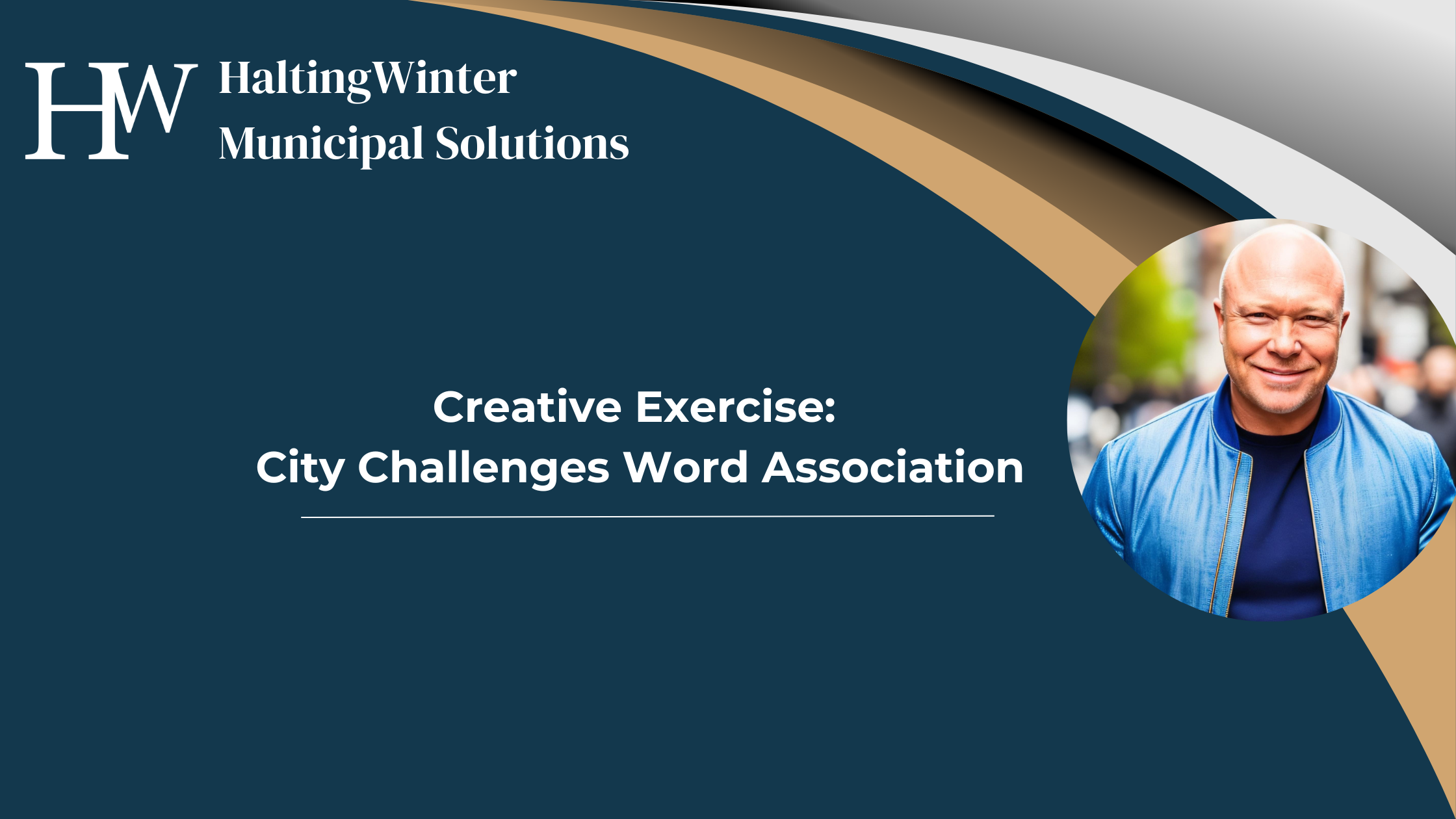Municipal Leaders: Develop Faster, Lead Stronger, Build Better

Every week, you’ll get insights and actionable steps to help you navigate personal growth and professional success.


In my time serving as an executive coach to significant leaders such as city managers, I’ve witnessed firsthand the immense pressures and complex challenges that come with running a large multifaceted organization, especially a municipality. From budget constraints to infrastructure crises, the weight of responsibility can be overwhelming. It’s a role that demands serious consideration and often leaves little room for levity with all of the compounding stress. Yet, a surprising insight from an unexpected source has shed new light on how we might approach these weighty issues more effectively.
Dr. Bessel van der Kolk’s groundbreaking book, “The Body Keeps the Score,” primarily focuses on trauma recovery. However, its findings on the healing power of play and creativity offer valuable lessons for city management. This unexpected connection raises an intriguing question: Could the principles that help individuals recover from trauma also help city managers navigate their complex responsibilities more effectively?
While Dr. van der Kolk’s work centers on trauma and its effects on the body and mind, the benefits of play and creative expression extend far beyond trauma recovery. When we engage in playful activities or creative pursuits, our brains enter a state of relaxed attention. This state allows for:
These benefits are not limited to individuals recovering from trauma; they can be harnessed by anyone looking to boost their cognitive abilities and emotional well-being, including city managers and their teams.
As city managers, we’re tasked with finding innovative solutions to complex city challenges. By incorporating elements of play and creativity into our work processes, we can:
One simple yet effective way to introduce play and creativity into your team’s routine is through a word association game. Here’s how you can implement this in your next brainstorming session:
This exercise not only injects an element of play into your work but also encourages team members to think outside the box and approach problems from new angles.
By regularly incorporating playful, creative exercises into your team’s routine, you’re likely to see several long-term benefits:
Remember, the goal isn’t to turn every meeting into a playroom but to strategically introduce elements of play and creativity to enhance your team’s problem-solving abilities and overall well-being. By doing so, you might just find that your team unlocks innovative solutions to your city’s most pressing challenges while enjoying the process along the way.
So, in your next brainstorming session, why not start with a playful, creative exercise? You might be surprised at the fresh ideas and renewed energy it brings to your team. After all, in the complex world of city management, a little play might be exactly what we need to drive serious innovation.
Seth Winterhalter is President of HaltingWinter Municipal Solutions, dedicated to making stronger cities through stronger leaders. Through executive coaching, consulting, and the Municipal Leadership Development Circle (MLDC), HaltingWinter helps city managers and municipal leaders transform their leadership impact and their organizational culture.